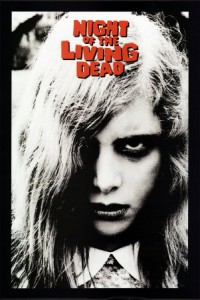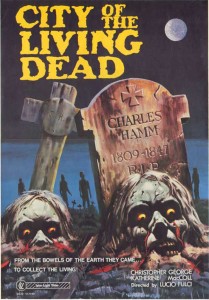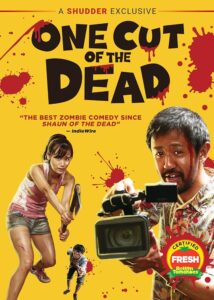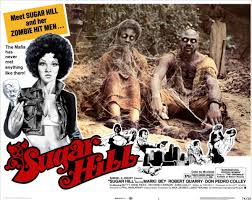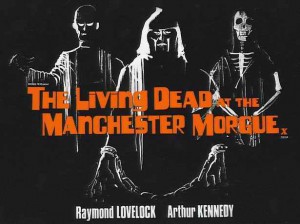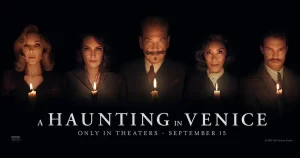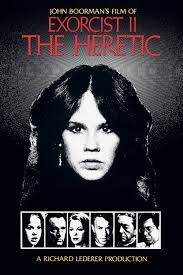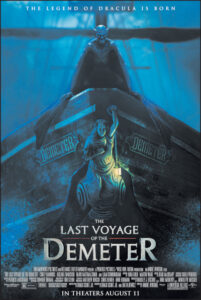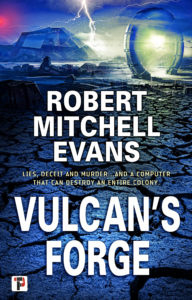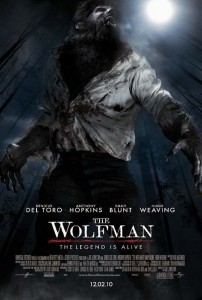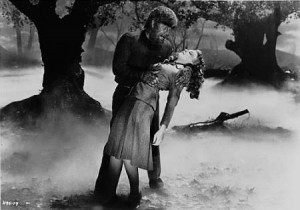.
Exorcist 3: Believer yet another film in a franchise that should have never existed, is about to hit the screens and it had me thinking on why only the first film has any quality for me.
The Exorcist, novel and screenplay, was written by William Peter Blatty, until that book best known as a comedic writer in Hollywood. While hitting trouble spiritual waters Blatty, a Catholic, write The Exorcist in part exploring his own faith and what it meant to him. Neither Blatty nor direct Friedken consider the film a horror movie even though it was marketed and widely seen as part of that long genre. It does not follow the usual cause and effect trajectory of a horror movie. Father Merrin’s archeological dig in Iraq does not release the demon from its containment, nor does Regan’s playing with a Ouija board cause her possession. In fact, the friendship between Friedkin and Blatty was severely damaged by Friedkin removing from the theatrical cut a scene Blatty considered absolutely essential to the theme and understanding of the story. It was later restored in the edition titled ‘the version you’ve never seen’ and it is the scene where karris questions why? Why this girl and Merrin provides the answer so that by the possession we will view humanity as mere animal, disgusting and unworthy of God’s love. The entire story rests on questions of doubt about God and his eternal love.
Now I am not, despite what the Monkeys might sing, a believer. That said Blatty was, and it is crucial to his novel and screenplay. At the very least within the setting of The Exorcist Catholicism is real and is an accurate depiction of the universe and its spiritual nature. Regan’s possession only makes sense in the context of a monotheistic god of love and a struggle for the souls of humanity.
Exorcist II: The Heretic jettisoned Blatty’s examination of faith for a typical horror plot of the 1970s where there is no mention of god or the tenets of Christianity replacing them with the sudden appearance of ‘superior’ humans with the psychic ability to heal others and the possession of the first film is retconned into a bid by demons to stop the evolution. The resulting movie is an incomprehensible miss-mash of pop psychology and ESP devoid of faith.
Exorcist III written and directed by Blatty, ignores the second film and attempts to get back to matters of faith, but intervening apparently blunted Blatty’s questions and the script and film lack essential core theme and sincerity of the groundbreaking first film.
After another lengthy break the studio returned to the franchise commissioning a film by noted writer and direct Paul Schrader, but when the final product dissatisfied the studio bosses, and the entire project was reshot by Renny Harlan as a more action/horror film. Eventually both movies were released as Exorcist: The Beginning and Dominion: Prequel to The Exorcist. Despite framing the story around Father Merrin and his crisis of faith following World War II neither movie found the heart of the original and neither found success with audiences.
Following another fallow period, the studio tried again this time with a sequel television series and now have once again returned to the big screen with yet another sequel. I have littler faith that the newest film will seriously examine faith from an honest Christian or Catholic perspective. I suspect such an approach would simply be too frightening too skittish about offending some element of the audience. As such we will be treated to another movie built around set pieces, extreme visual effects, and utterly devoid of meaning.

